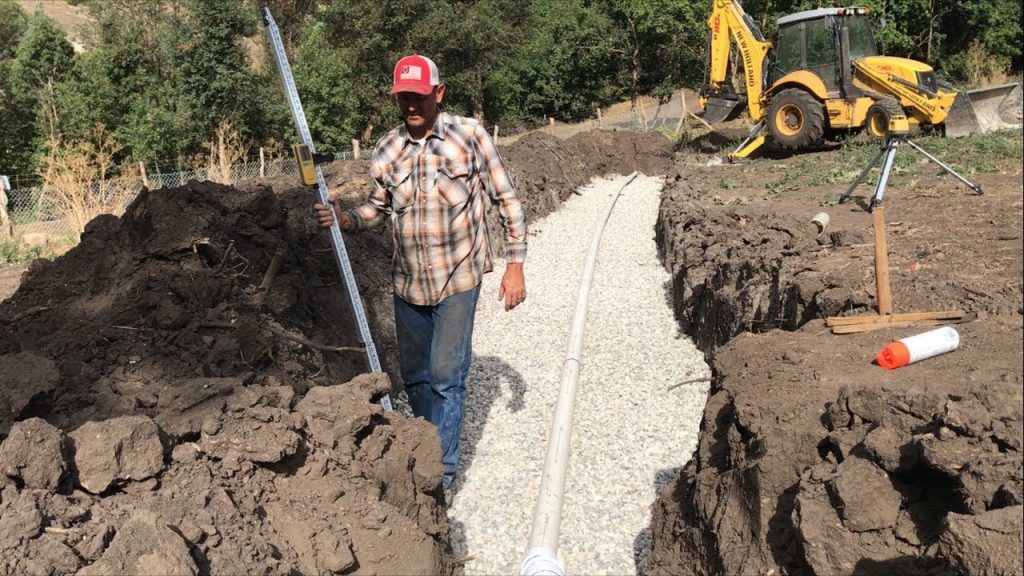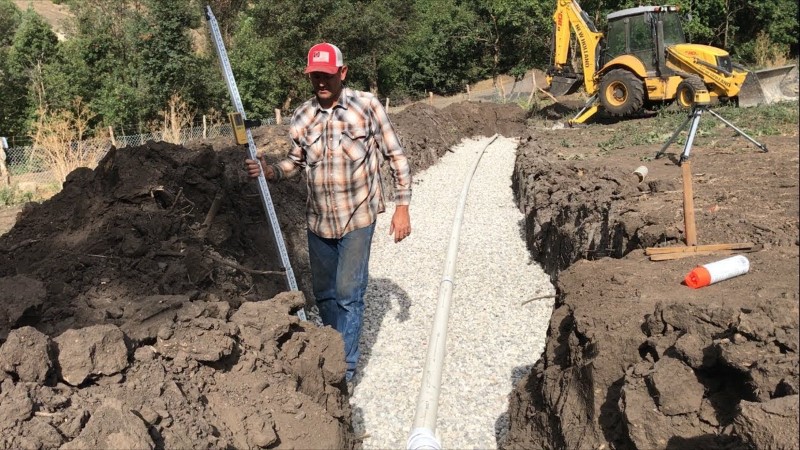
Conventional lateral lines are directed by the pull of gravity. They are composed of perforated pipes embedded in the graveled trenches. The d-box equally distributes the effluent through the lateral lines or lateral drainpipes that exit thought the gravel layer. This is where the biomat (tar-like substance) filters the effluent before it reaches the surrounding area. The lateral lines of the drainfield are like the arms of the septic system that allow the effluent to be uniformly returned into the surrounding environment. With the use of the lateral lines, the treated effluent can again be used. If the lateral lines get clogged and fail, it is only expected for the wastewater to go back into your home or pool on the surface of the drainfield.
When a drainfield fails, the failure of the lateral lines can be a major factor to consider and thisis not a scenario that is anticipated by any homeowner. But even if the lateral lines fail, there are several methods that can help restore it. Please note; the following methods of lateral line restoration is not a panacea for the failure of your drainfield. If your septic system is poorly installed, if the water table if very high, if the field is too small, or if the soil has a poor percolation rate, the said methods will only help as far as the systems ability will allow.
1. Jetting
This method is done if there is an overflow in the septic tank because its baffles are damaged or if it wasn’t pumped out regularly. This removes the solid waste accumulation in the lateral lines.
2. Additive
As you know, there are many chemical or biological additives to be considered. Better ask the help of a septic professional in the application of the additives to make sure that it is used optimally and will yield favorable results. It may take weeks or months before this method shows results in some systems and working with the additive is sometimes required. One of the main reasons why lateral lines fail is the sulfide buildup in the drainfield. Sulfides impede the biomat’s porosity, absorb the available oxygen, and clog the soil and gravel layers that surround the lateral lines. There are certain biological additives that can be used to restore drainage by digesting the biomat itself, reducing the effect of the sulfides as well. As a result, the aerobic bacteria proliferate much better and entire drainfield returns to normal function.
3. Aeration
Mechanical aeration is said to be an effective way or maintaining the lateral lines once they have been restored through biological methods. This process helps in the restoration of drainfield flow by inducing a soil fracture that creates new pathways for drainage. Aeration should be considered as a follow up to bacteria treatments since the aeration itself is not very effective at handling grease and fats.
4. Replacement
Usually, the drainfield can be of full service for 20 to 30 years, or more. If your drainfield is already this old, then you should already consider having it replaced if it is structurally damaged or beyond repair. Additives can only bring about results provided the system is not damaged or collapsed. It’s more practical to repair or replace a broken system then to try to restore it through remediation.
It can be a very demanding task to look after the lateral lines of your drainfield. But if your want your drainfield to serve you for decades, you should see to it that you accomplish the task. Seek the assistance of the septic professional so that you may be oriented on how the lateral lines work. There might be some latest maintenance tips that you could apply as well. Be vigilant and you will have an efficient septic system in general.
